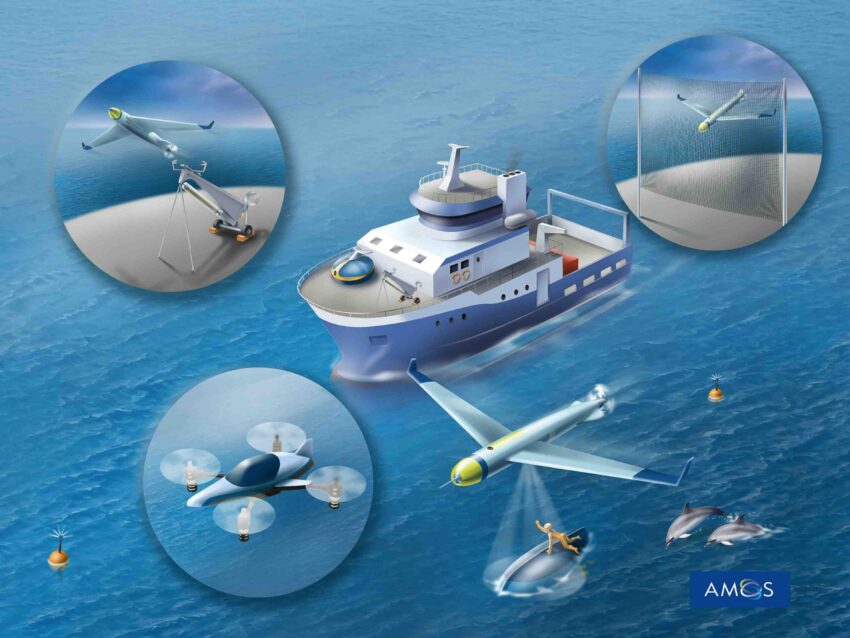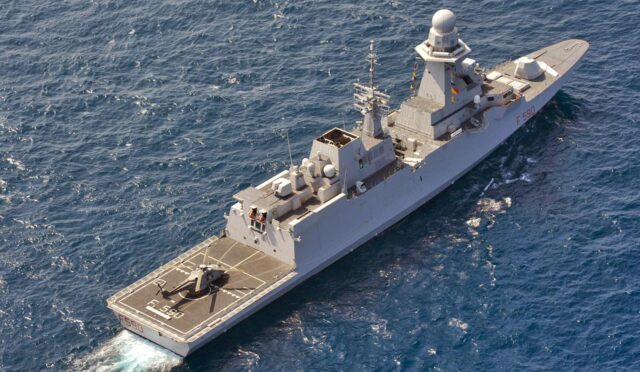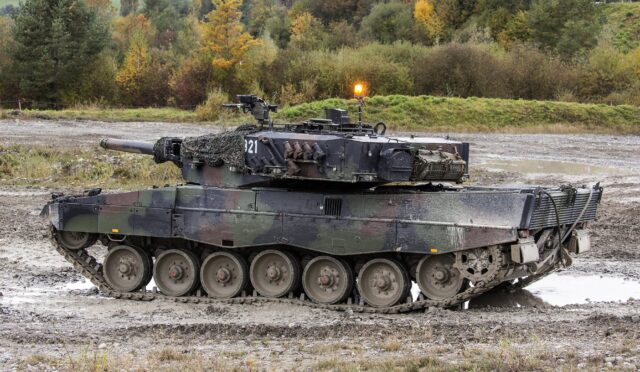Revolutionizing European Defense: A Strategic Alliance
In a landmark move for European defense, Anduril Industries and Rheinmetall have established a strategic partnership focused on the development and production of autonomous aerial and propulsion systems. This collaboration aims to enhance the capabilities of European defense forces by integrating Anduril’s advanced autonomous air vehicles into Rheinmetall’s sophisticated digital platform, known as “Battlesuite.” This partnership not only highlights the necessity for cutting-edge technology in defense but also underscores a shift towards local production and control.
The agreement emphasizes key principles such as rapid production, modular design, and a philosophy of “built with, not for” European allies. This approach seeks to empower those allies to maintain control over their technology, enabling them to produce and adapt systems to their specific operational needs. Such strategies counter traditional vendor lock-in scenarios where reliance on American defense manufacturers can lead to diminished autonomy, particularly relevant amid ongoing geopolitical tensions surrounding Ukraine.
Innovative Aerial Solutions: Barracuda and Fury
Among the standout developments from this partnership are two remarkable autonomous air vehicles: the Barracuda and the Fury. Launched in September 2024, the Barracuda is designed as a cost-effective, modular drone that has the capability to operate similarly to a cruise missile. This innovation promises to enhance the tactical options available to European defense forces by providing an agile and economical aerial platform.
In contrast, the Fury system represents a more advanced solution, classified as a Group 5 aerial system. Weighing over 1,320 pounds (598 kilograms) and capable of speeds approaching Mach 1, the Fury integrates seamlessly with Anduril’s Lattice command and control software that utilizes artificial intelligence. Its long-range and stealth features make it highly effective for a variety of missions, including participation in the U.S. Air Force’s Collaborative Combat Aircraft program, which focuses on improving manned-unmanned teamwork in combat scenarios.
A New Vision for Collaboration
Brian Schimpf, CEO of Anduril, remarked on the partnership’s innovative framework, stating, “This is a different model of defense collaboration, one grounded in shared production and operational relevance.” His comments reflect a broader vision that seeks to redefine defense cooperation amongst European nations, fostering respect for national sovereignty while promoting collaborative efforts.
Rheinmetall’s CEO, Armin Papperger, echoed these sentiments by emphasizing the importance of this collaboration in developing new autonomous capabilities that are not only rapid to produce but also align with NATO’s evolving specifications. This cooperation builds on previous agreements aimed at creating layered counter-drone systems, thus enhancing the overall defense posture of European clients.
Challenges and Opportunities Ahead
The establishment of the Anduril-Rheinmetall partnership presents both challenges and opportunities for European defense initiatives. As European nations innovate and improve their defense infrastructures, they may face hurdles related to aligning various operational needs and technology standards. However, the shared approach to production and technology customization presents a viable path forward.
Furthermore, by addressing the concerns regarding reliance on U.S. defense commitments, this partnership can bolster confidence among European allies, creating a more cohesive and self-reliant defense framework. The need for agility and rapid response is critical, particularly in the face of ever-evolving geopolitical environments.
Looking to the Future of Defense
As Europe moves forward with its defense strategies, the partnership between Anduril and Rheinmetall could set a precedent for future collaborations. The ability to create and integrate autonomous systems locally not only enhances operational capabilities but also fosters innovation in defense technology.
In summary, the advancements in autonomous aerial systems brought forth by this partnership may very well revolutionize the defense landscape in Europe, ensuring that European forces remain at the forefront of military technology while maintaining sovereignty and operational efficacy.







